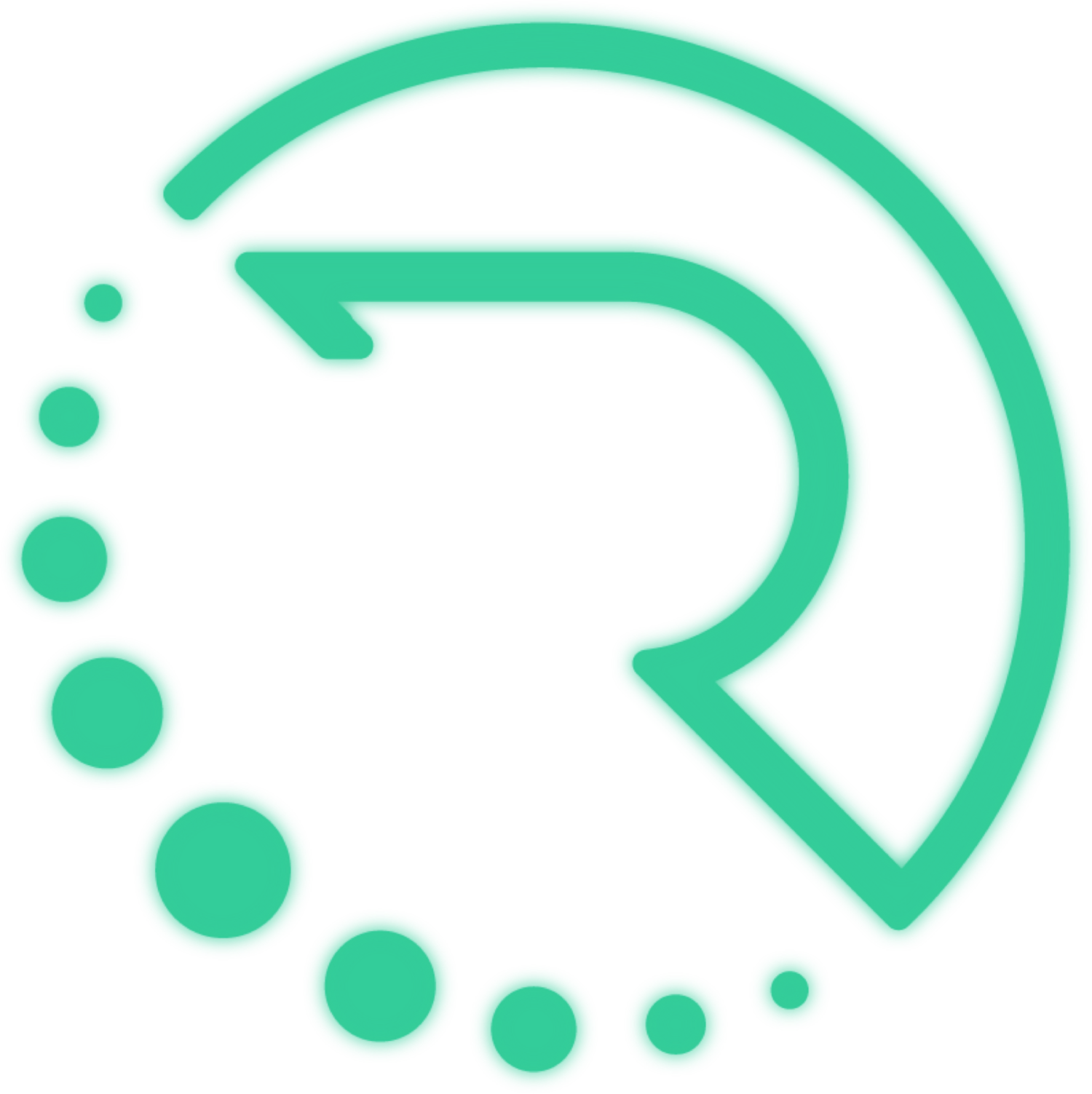Achilles Tendinopathy
Achilles tendinopathy is a condition that affects the Achilles tendon, which is the thick band of tissue that connects your calf muscles to your heel bone. The condition is often caused by overuse or repetitive strain, leading to damage or degeneration of the tendon fibers.
The pathophysiology of Achilles tendinopathy involves a complex interplay between mechanical, biochemical, and structural factors.
Mechanically, the Achilles tendon is subject to repetitive loading and unloading during activities such as running, jumping, and even walking. This can cause microtrauma to the tendon fibers, leading to damage and degeneration over time.
Biochemically, inflammatory cytokines and growth factors can be released in response to this microtrauma, which can further exacerbate tendon degeneration and contribute to pain and inflammation.
Structurally, the Achilles tendon is composed of collagen fibers that provide its strength and elasticity. In tendinopathy, these fibers can become disorganized and disrupted, leading to a loss of tensile strength and increased susceptibility to further damage.
There are several risk factors that can contribute to the development of Achilles tendinopathy, including age, gender, body weight, and certain medical conditions such as diabetes and hypertension. These factors can impair the tendon's ability to adapt to mechanical stress and increase the likelihood of microtrauma and subsequent degeneration.
The exact pathophysiology of Achilles tendinopathy is not fully understood, and it may involve a combination of genetic, environmental, and lifestyle factors. However, the mechanical, biochemical, and structural changes described above are believed to play a significant role in the development and progression of the condition.
Rehabilitation for Achilles tendinopathy typically involves a combination of rest, physical therapy, and exercise.
Rest: Rest is important to allow the Achilles tendon to heal and prevent further damage. This may involve avoiding activities that aggravate the tendon, such as running or jumping, for a period of time.
Physical therapy: Physical therapy can help to improve the flexibility, strength, and function of the Achilles tendon and surrounding muscles. This may include exercises to stretch and strengthen the calf muscles and Achilles tendon, as well as techniques to improve the tendon's ability to absorb and transmit forces.
Exercise: Once the tendon has healed sufficiently, a gradual return to activity can be initiated. This may involve a progressive increase in the intensity and duration of exercise, with a focus on proper form and technique to minimize stress on the Achilles tendon.
In addition to these interventions, other treatments such as medication, orthotics, and extracorporeal shock wave therapy may be considered in some cases.
Healing timeframes for Achilles tendinopathy can vary depending on the severity of the condition and the individual's response to treatment. Mild cases may heal within a few weeks, while more severe cases may require several months of rehabilitation. It is important to follow a comprehensive rehabilitation program and work closely with a healthcare professional to ensure proper healing and a safe return to activity.

